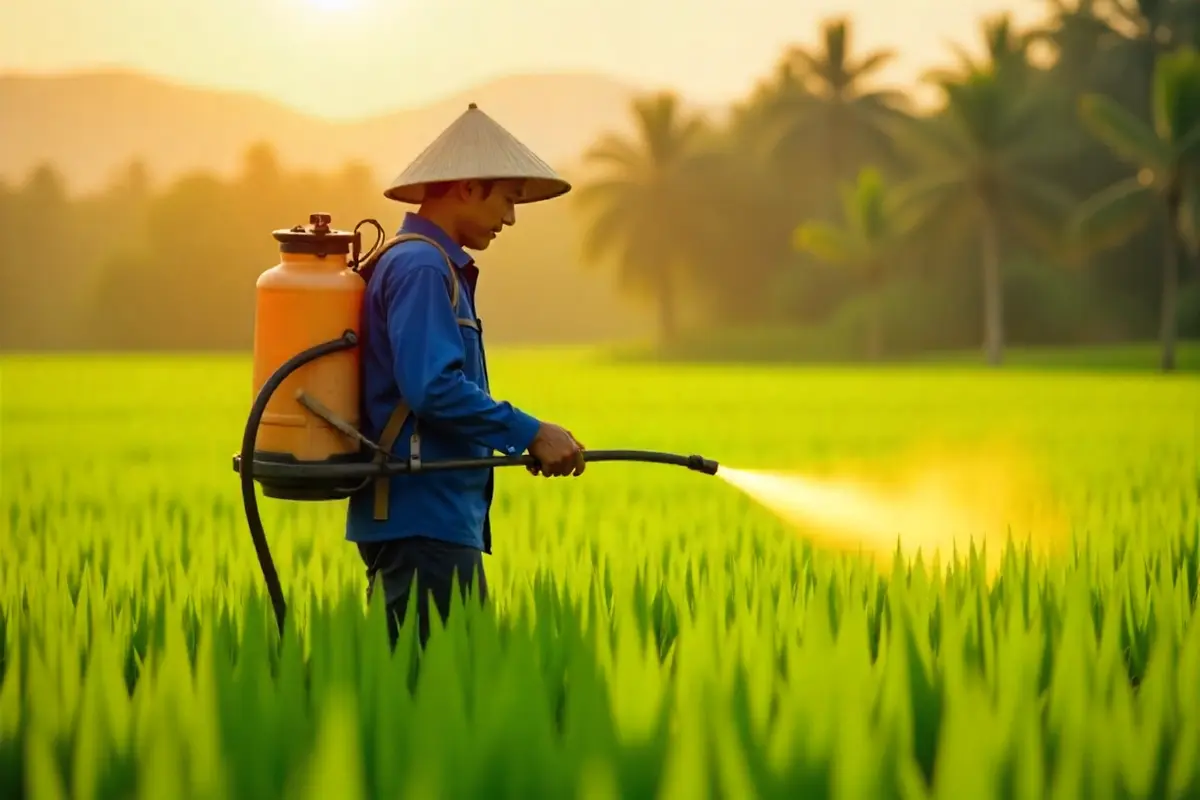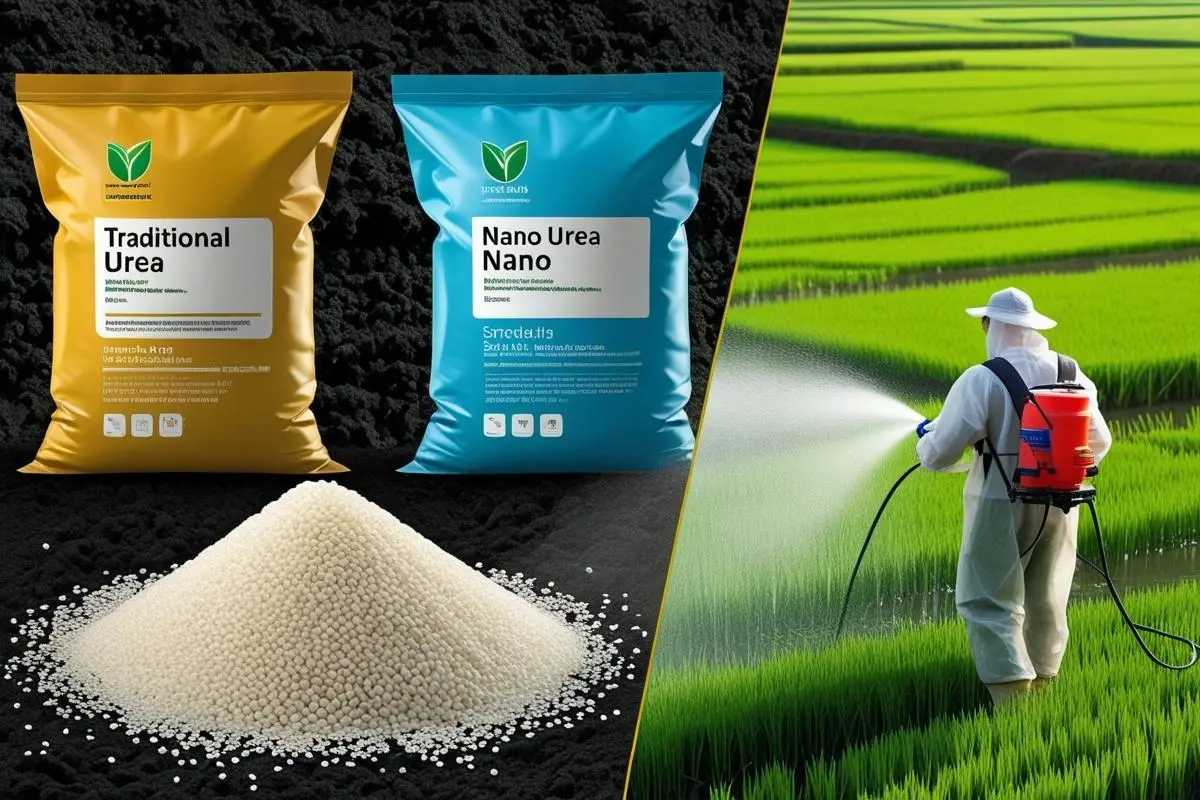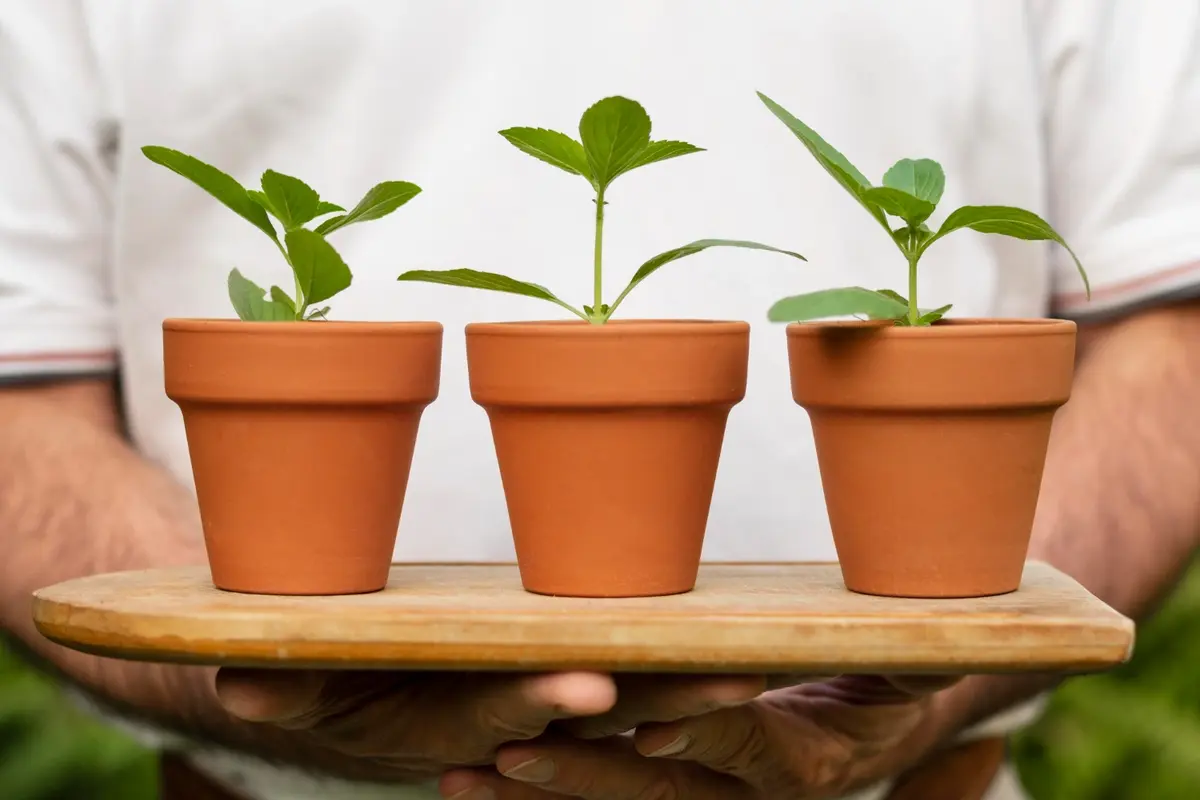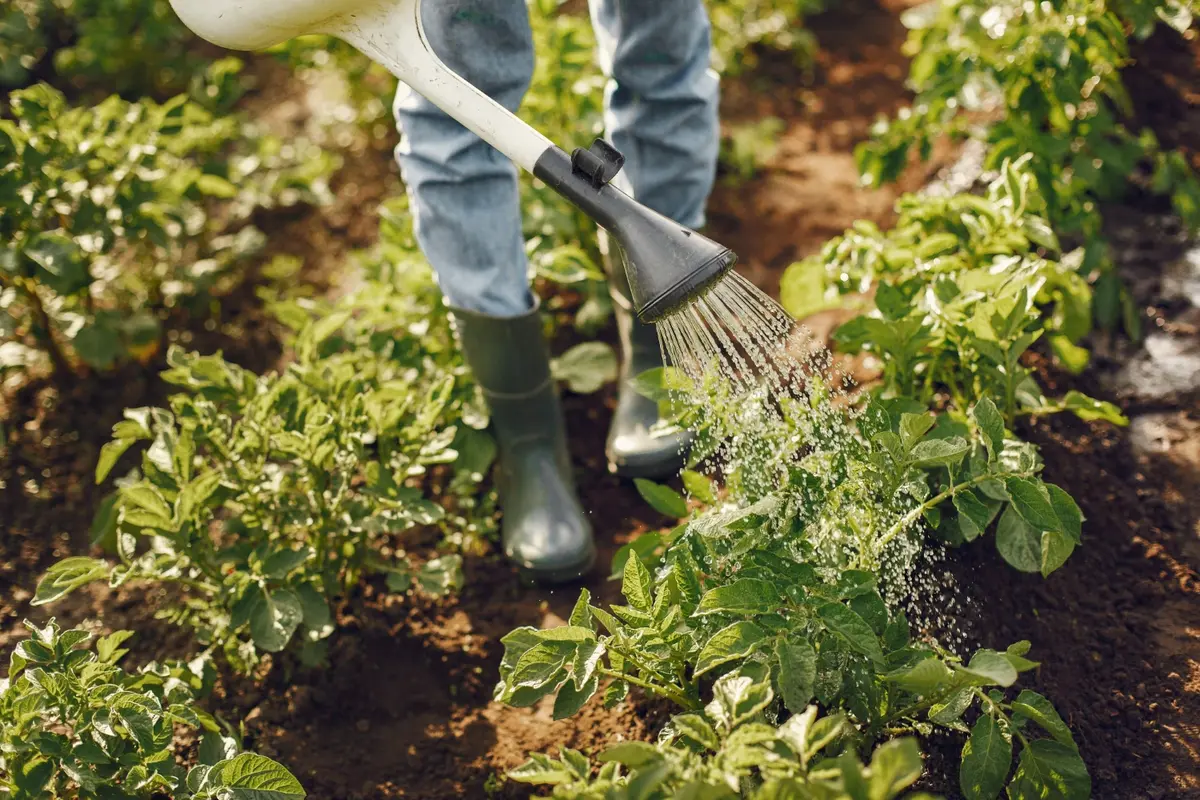Mulching in agriculture is a practice of covering the soil surface with organic or inorganic materials to conserve moisture, suppress weeds, regulate soil temperature, and improve soil health. Mulching helps prevent soil erosion by reducing the impact of rain and wind, while also minimizing evaporation, making it particularly beneficial in dry regions. It also improves crop yield and reduces the need for frequent irrigation and chemical herbicides, making it a valuable practice in sustainable farming.
Organic mulches, including straw, leaves, compost, and wood chips, break down over time, adding nutrients to the soil and boosting microbial activity. On the other hand, inorganic mulches, such as plastic sheeting and gravel, help control weeds and retain moisture without breaking down.
However, despite its advantages, mulching also has certain disadvantages that can negatively impact soil health, crop growth, and overall farm productivity if not managed properly. In this article, we will discuss in detail about the advantages and disadvantages of mulching in agriculture.
Table of Contents
Advantages of Mulching in Agriculture
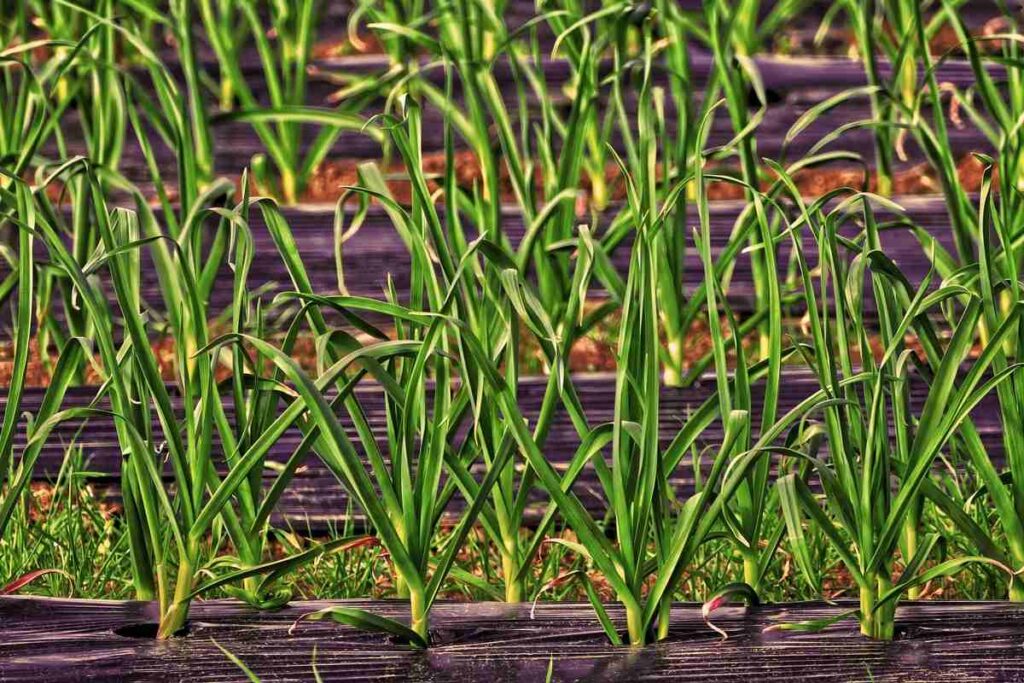
1. Moisture Conservation
One of the most important benefits of mulching is its ability to retain soil moisture. By covering the soil, mulch reduces evaporation, allowing plants to access water for a longer period, especially in dry or arid regions. This moisture conservation reduces the frequency of irrigation, saving water and labor costs for farmers.
2. Weed Suppression
Mulching effectively suppresses weed growth by blocking sunlight from reaching weed seeds, preventing their germination. By reducing weed competition, crops can absorb more nutrients, water, and sunlight, leading to healthier growth and higher yields without excessive reliance on herbicides.
3. Soil Temperature Regulation
Mulch acts as an insulating layer that helps regulate soil temperature throughout different seasons. During hot summer months, mulch keeps the soil cool by reducing heat absorption, and protecting plant roots from extreme temperatures. In winter, it retains warmth, preventing soil freezing and providing a more stable environment for plant growth.
4. Prevention of Soil Erosion
Mulching plays a crucial role in preventing soil erosion by shielding the soil from heavy rainfall, wind, and surface runoff. Without mulch, raindrops directly hit the soil, causing it to break apart and wash away nutrients. A layer of mulch absorbs the impact of rain, reducing soil displacement and maintaining soil structure.
5. Improvement of Soil Fertility
Organic mulches, such as compost, manure, and crop residues, gradually decompose and release essential nutrients into the soil. This natural process enriches soil fertility, reducing the need for synthetic fertilizers. Over time, this results in healthier soil and more productive crops.
6. Reduction of Soil Compaction
Mulching helps prevent soil compaction by reducing the direct impact of heavy rains and foot traffic. When soil is compacted, it becomes harder for plant roots to penetrate and absorb nutrients. A mulch layer softens the force of external pressure and maintains a loose, aerated soil structure.
7. Enhanced Microbial and Earthworm Activity
Mulching supports beneficial soil microorganisms and earthworms by providing them with a favorable environment. Organic mulches serve as food for microorganisms, promoting decomposition and nutrient recycling. Earthworms, which improve soil aeration and fertility, thrive under mulched conditions where moisture and organic matter are abundant.
8. Increased Crop Yield and Quality
By conserving moisture, suppressing weeds, improving soil fertility, and regulating temperature, mulching contributes to higher crop yields and better-quality produce. Plants grow healthier and stronger under optimal soil conditions, leading to increased fruit and vegetable production.
9. Cost and Labor Efficiency
While applying mulch requires an initial investment, it reduces long-term farming costs by minimizing the need for frequent irrigation, fertilizers, herbicides, and pesticides. Weed suppression reduces manual weeding labor, and soil moisture retention lowers water usage, cutting down on operational expenses.
Disadvantages of Mulching in Agriculture
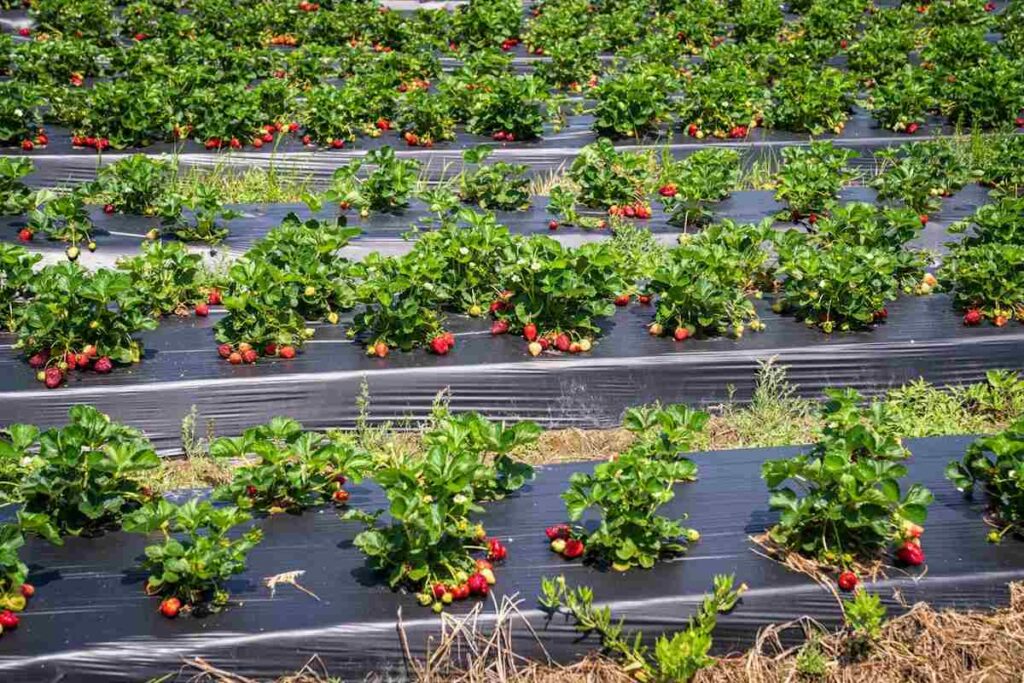
1. High Initial Cost
The cost of purchasing and applying mulch can be a significant investment, especially for large-scale farms. Organic mulches like straw, wood chips, and compost may be expensive, particularly if they are not readily available. Inorganic mulches such as plastic films require additional costs for installation and removal.
2. Risk of Over-Mulching
Applying an excessive layer of mulch can create problems for plant growth. Thick layers of organic mulch can compact over time, restricting air circulation to the soil and leading to oxygen deficiency in plant roots. This can result in root rot, fungal diseases, and poor plant development.
3. Increased Pest and Disease Problems
Mulch can create a favorable environment for certain pests and plant diseases. Organic mulches, especially straw, leaves, and wood chips, provide shelter for rodents, termites, slugs, and insects that can damage crops. Additionally, excessive moisture retention under mulch can encourage fungal and bacterial diseases, such as root rot, powdery mildew, and damping-off in young plants.
4. Difficulty in Soil Temperature Control
While mulching helps regulate soil temperature, it can sometimes have unintended effects. In cold climates, organic mulch can keep the soil too cool in early spring, delaying seed germination and plant growth. Conversely, in hot weather, certain inorganic mulches, such as black plastic, can overheat the soil, damaging plant roots and reducing crop yields.
5. Weed Growth Under Certain Mulches
Although mulching is often used for weed suppression, some types of mulch can inadvertently promote weed growth. Organic mulches that are not well-composted may contain weed seeds, leading to unexpected weed infestations.
6. Removal and Disposal Challenges
Inorganic mulches, such as plastic films and landscape fabrics, pose disposal challenges once they degrade or become ineffective. Over time, plastic mulch can break down into small fragments, leading to soil pollution and environmental hazards. Removing used plastic mulch is labor-intensive and requires proper disposal methods to prevent plastic waste accumulation.
7. Potential for Waterlogging and Poor Drainage
While mulching helps retain soil moisture, excessive moisture retention can lead to waterlogging and poor drainage, particularly in clayey or compacted soils. Overly wet conditions can suffocate plant roots, reduce oxygen availability, and promote the growth of harmful pathogens.
8. Limited Suitability for Certain Crops
Mulching is not suitable for all crops and farming systems. Some crops, particularly root vegetables like carrots and potatoes, may not thrive under heavy mulch layers, as they require loose, well-aerated soil for proper growth. Additionally, in crops that require direct sunlight for optimal development, thick organic mulch can create shading issues, leading to lower yields.
9. Increased Labor Requirements
Applying and maintaining mulch can be labor-intensive, particularly on large farms. Organic mulches need to be replenished regularly as they decompose, requiring frequent labor input. Inorganic mulches, such as plastic films, must be installed, monitored, and removed after the growing season.
Conclusion
Mulching is a beneficial agricultural practice that enhances soil health, conserves moisture, suppresses weeds, regulates soil temperature, and prevents erosion. It plays a crucial role in sustainable farming by reducing water loss, minimizing the need for chemical herbicides, and improving crop yields. However, mulching also has certain disadvantages, such as high initial costs, increased pest risks, potential nutrient imbalances, and labor-intensive application and maintenance. To maximize the benefits and minimize the drawbacks, farmers must choose appropriate mulch materials, apply them correctly, and implement proper management strategies. When used effectively, mulching can significantly improve agricultural productivity and soil conservation, making it a valuable tool for modern and sustainable farming systems.


